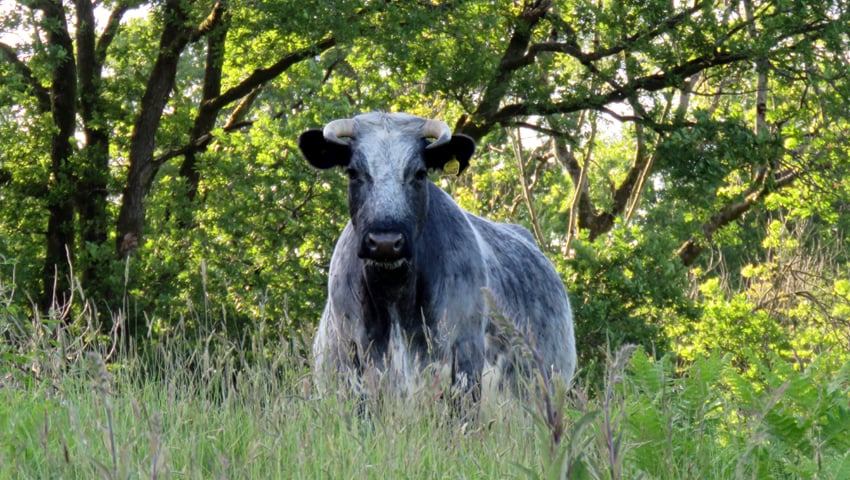The Latin American region plays a significant role in the global livestock industry, contributing over 26 per cent of beef production, 38 per cent of beef exports, and 10 per cent of dairy production worldwide.
Writing in a special issue of the science journal, Agroforestry Systems, Pablo L. Peri, Julián Chará, Carolina Viñoles, Adriana Bussoni & Frederick Cubbage highlight emerging trends and opportunities in silvopastoral systems.
The researchers say that the silvopasture sector has seen steady growth over the past decade, however, as cattle production in the region is mainly carried out in grazing systems, it has become a global concern due to the combined effects of land use change, deforestation, and burning of savannas and forest with negative consequences on climate change, biodiversity, water cycles, food security and the livelihoods of resource dependent communities.
In this context, the review says, silvopastoral systems are suggested as a key solution to the conflict between agricultural production and conserving natural ecosystems.
Silvopastoral systems are a type of agroforestry that allows the intensification of cattle production based on natural processes that are recognised as an integrated approach to sustainable land use.
Silvopasture systems intentionally combine livestock production with different pastures, forages, fodder shrubs and trees, providing mutual benefits for each component of the system achieving increases in productivity and profitability and, at the same time, improving the efficiency of natural resource use.
Thus, in the same unit of land, they say, these systems incorporate tree species for timber, pulp or fruit production with grasses, farm animals and crops, allowing for the simultaneous production of trees, crops and livestock with different spatial arrangements or temporal sequences.
SPS contribute also to increase the system’s resilience allowing more stable, less fluctuating yields under changing climatic conditions, and have been shown to have a great impact on the maintenance and restoration of long-term productivity in agricultural landscapes, including degraded and abandoned land.
In the Agroforestry Systems special issue there are 29 articles depicting examples of silvopasture practices in different contexts and spatial arrangements, their impact on environmental services provision and socioeconomics, and the state of their adoption process.
The articles are derived from different research studies conducted in Argentina, Brazil, Chile, Colombia, Peru, and Uruguay and summarise findings on the effect of different SPS on soil, forage, climate adaptation and mitigation, animal response, biodiversity, forest management and tree growth.
The papers are organised into the following key areas of SPS research:
- Livestock production and animal welfare
- Forage production and quality
- Climate change mitigation and adaptation
- Biodiversity and ecosystem services
- Socioeconomic performance
The trends paper concludes that the knowledge shared in the special issue can help farmers and decision-makers assess and promote the wider implementation of agroforestry systems.
The diverse topics highlight the multifunctional nature of silvopasture systems and their merits and potential to address various opportunities and challenges related to livestock and forest productivity and trade-offs, climate change, animal welfare, profitability, food security, and natural resources conservation.
The articles also recognise the role of silvopasture systems in providing sustainable and resilient solutions for livestock and forest products and will be an enduring reference for researchers and practitioners.
